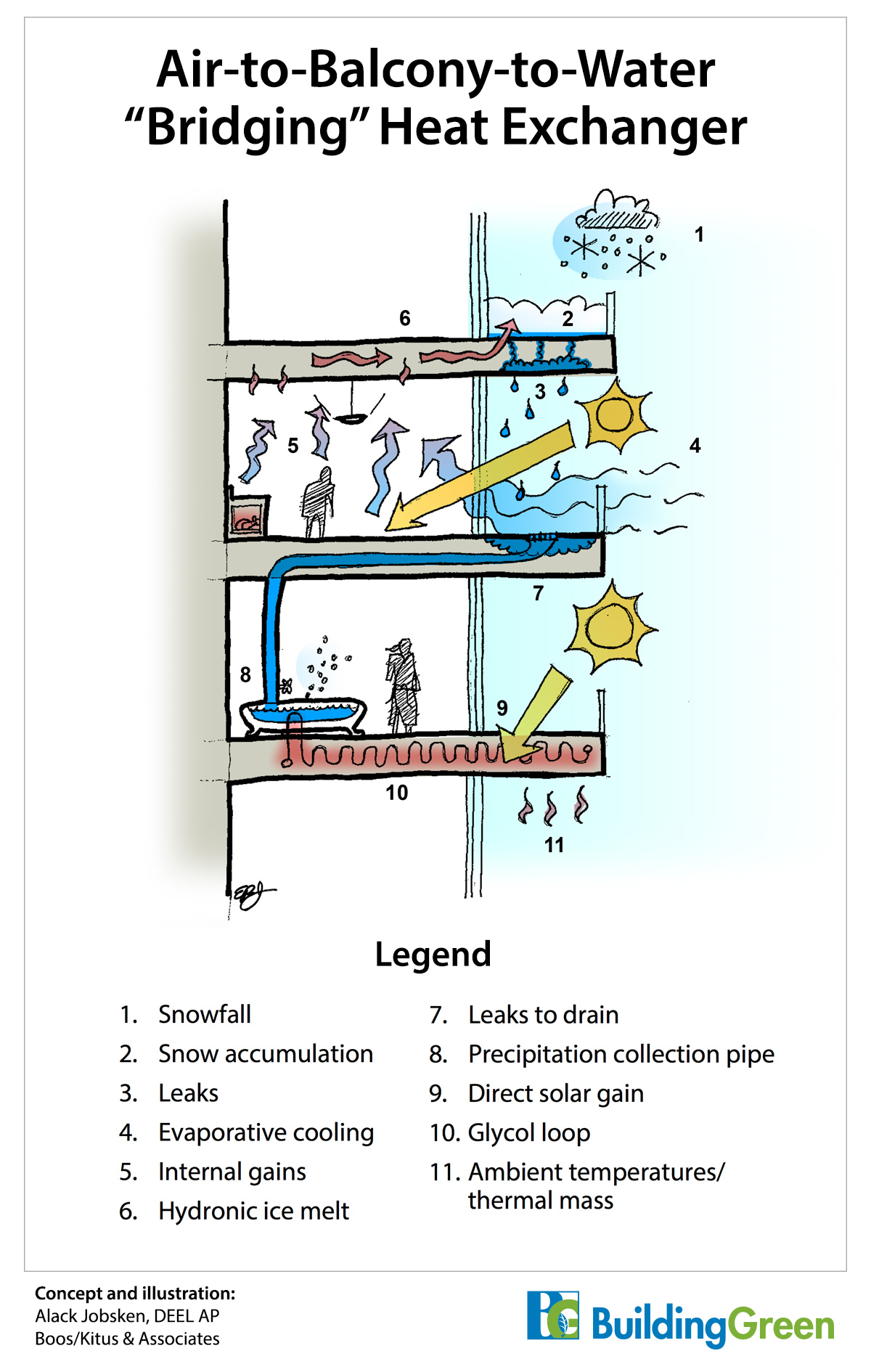I had to read it twice to pick up the tongue in cheek (sorry, I'm an engineer, and I hear silly stuff like this all the time from architects, only they are serious).
Happy April Fool's Day!
April Fools
April 1, 2015
April 1, 2015

“Architectural solutions pioneered by our members haven’t been getting proper recognition in programs like LEED,” Robert Ivy, FAIA, CEO of the AIA, told BuildingGreen. “Our new pilot certification program has proven more friendly to those solutions.”
The AIA Design Elegance for Energy Leadership (AIA|DEEL) program focuses on four “forms”:
Details of the first crop of AIA|DEEL-certified projects are confidential pending the conclusion of the standard 12-month pre-litigation period running from April 1, 2015, to April 1, 2016, but BuildingGreen obtained some initial lessons learned.
Although it has been accepted that all-glass façades are energy-wasters (BuildingGreen is hereby retracting Rethinking the All-Glass Building), a design-first/model-later residential high-rise in Miami persisted—and found that climate change has changed the rules.
“The increased incidence of hurricanes as well as lower-level atmospheric systems—particularly in shoulder seasons with lower-angle sun—has translated to no cooling-load penalty from the glass,” explains a project brief. “What’s more, the smog suffuses the façade with gentle daylight.” Project photos show clean lines unencumbered by shades, frits, louvers, or shelves—earning the project points under two AIA|DEEL categories: Dematerialization and Experience.
Balconies like these have long been poo-pooed by green architects as energy-wasters, as steel and concrete structural elements suck heat out of the building. But architects have figured out how to “flip the thermal switch” and collect solar energy for endless showers and other occupant- and eco-friendly features.
Overall, “we appreciate that the data validate what we told the model,” the project brief states.
Even as heat loss through thermally unbroken floor plates extending out to balconies has been well documented, many architects haven’t changed that detail. But in Chicago, an AIA|DEEL project with air-to-balcony-to-water heat exchange (see diagram) is showing that the architects were right all along.
The project followed occupant comfort all the way outside: the radiant floor heating system in the conditioned space also heats the balcony. Although that results in an energy penalty, the effect is overridden in the summer when the design flips the thermal switch.
“Elevated summertime temperatures due to climate change were making these balconies uncomfortably hot,” according to AIA|DEEL documentation. “By reversing the radiant flow from the balcony to the interior and tying it to the domestic hot water system via a heat exchanger, the balconies are now providing 88% of the building’s hot water needs through nine months of the year.”
The balconies are now pushing the entire building into net-positive energy production, and the project is considering piping steam into a district system. Although some judged him impractical, Frank Gehry has used projects such as the Walt Disney Concert Hall to field-test new concepts in concentrating solar thermal energy systems. A Gehry project is now AIA|DEEL certified and is out-performing similar LEED projects.
“While it’s true that engineering wizardry is a resource in providing our energy needs,” Ivy told BuildingGreen, “in this changing climate, there are solutions that only an architect would think of.” Noting that AIA|DEEL has grown beyond expectations, he said, “Based on mockup uptake alone, these concepts are spreading.” Ivy admitted that his vision might be blurring, however: “I think I’ve seen the same mother and child in the last dozen renderings that crossed my desk.”
AIA|DEEL pilot projects have attracted some of the biggest names in design:
I had to read it twice to pick up the tongue in cheek (sorry, I'm an engineer, and I hear silly stuff like this all the time from architects, only they are serious).
Happy April Fool's Day!
Brilliant example of integrated design, but I don't think'll work by April 2nd, so we better mobilize today.
Happy April Fools everyone. Ya did get me. ;-)
Got us! The whole office was weighing in until we realized that DEEL was LEED backwards! Good one!
a great parody to architecture and engineering building envelop science!
You only had me for a second...it was that balconey diagram that did me in. The engineer in me was really trying to suss it out, then the proverbial light bulb snapped on. A key factor was also architectonics. Now, that's a true SAT word to be.
This market is rife with opportunity; you've but scratched the surface. I can imagine all sorts of building case studies revealing the counter-intuitive favorable outcomes we all overlooked.
Well done!
Such a well-done article -- you had me laughing from the first line, but I had to re-read it to catch all of the jokes! Sadly, some of the terminology and reasoning could fit in an actual, serious project discussion.
Add new comment
To post a comment, you need to register for a BuildingGreen Basic membership (free) or login to your existing profile.